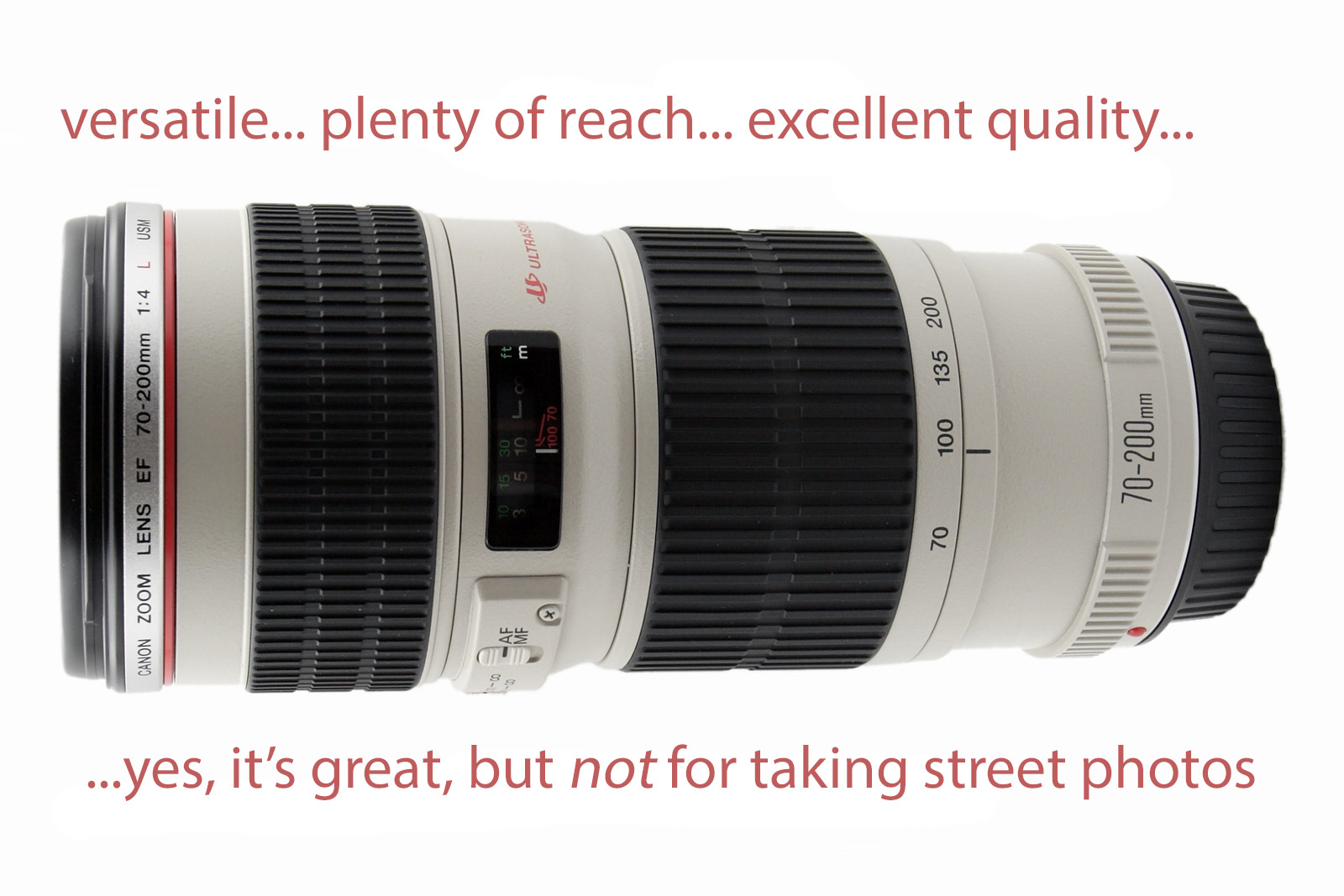

I walked into a well-known camera store in London and asked one of the sales staff: "What's the best lens for street photography?" The guy was very helpful and chatty, and immediately tried to sell me a Canon 70-200mm f/4 zoom for my Canon 5DIII.
Not long afterwards the store needed to be rescued from bankruptcy by Peter Jones, star of the British TV show "Dragon's Den." I hope he fired the salesman.
There are five reasons why the recommended Canon lens is completely unsuitable for taking candid pictures on the street.
1. It's long and parts of it are creamy white. If you point it at someone in the street everyone will notice it and shout "Perv!"
2. It's a zoom lens, which means you'll have the added complexity of deciding whether to zoom in or zoom out. That means you'll miss plenty of shots. Shame!
3. It's heavy: 760 g. A sports photographer can make terrific use of this lens by planting it on a monopod, but you'll have to lug it around the streets. Don't!
4. It's only f/4 and that's not fast enough for street photography. If you buy the faster version, f/2.8, that will be even bigger and heavier. Move on!
5. It won't give you sufficient depth-of-field for getting classic street photo captures. Avoid!
I admit I was being slightly mischievous in putting my question to the salesman as I already knew the answer. I just wanted to hear his opinion.
For my camera at the time -- a Canon 5DIII -- the best street photography lens was and (still is) the 40mm pancake lens (below). Once you've tried the others it's a no-brainer.
Needless to say, the 40mm was much less expensive, which may have explained the salesman's pitch.
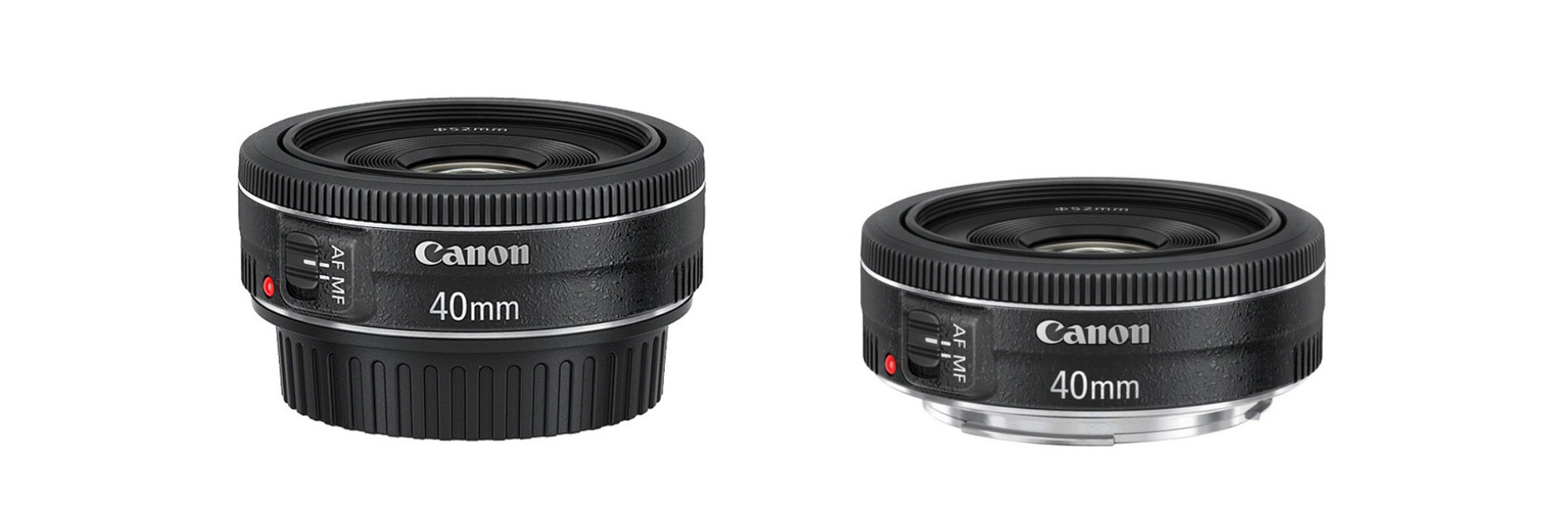
Fixed-lens cameras have a big advantage
Please note that in making my request for "the best street photography lens" I specified the camera I intended to use. That's really important because for each camera there's either a "best lens" or a choice of good lenses, any of which would allow you to take great photos.
As regards which is the best street photography camera: I've put together a comprehensive survey about that! Please see: "The Best Camera for Street Photography 2019."
It's worthwhile browsing the camera list because several of them have a fixed lens which is either not available for interchangeable lens cameras or else the camera on which it's attached has been specially engineered to accommodate it.
For example, the Fuji X100F (below) has a superb, lightweight lens; and to reduce the size even further the manufacturer has embedded it closer to the image plane than is possible with interchangeable lens cameras.

I put this at the top of the list because image quality is something you can improve only slightly in processing, for example by increasing contrast or sharpening. Even then your adjustments may be noticeable -- and not in a good way.
A prime lens gives you the best quality for the lowest weight, thereby fulfilling two of the other four criteria. It also removes a major source of anxiety in street photography, namely deciding which focal length to use on a zoom.
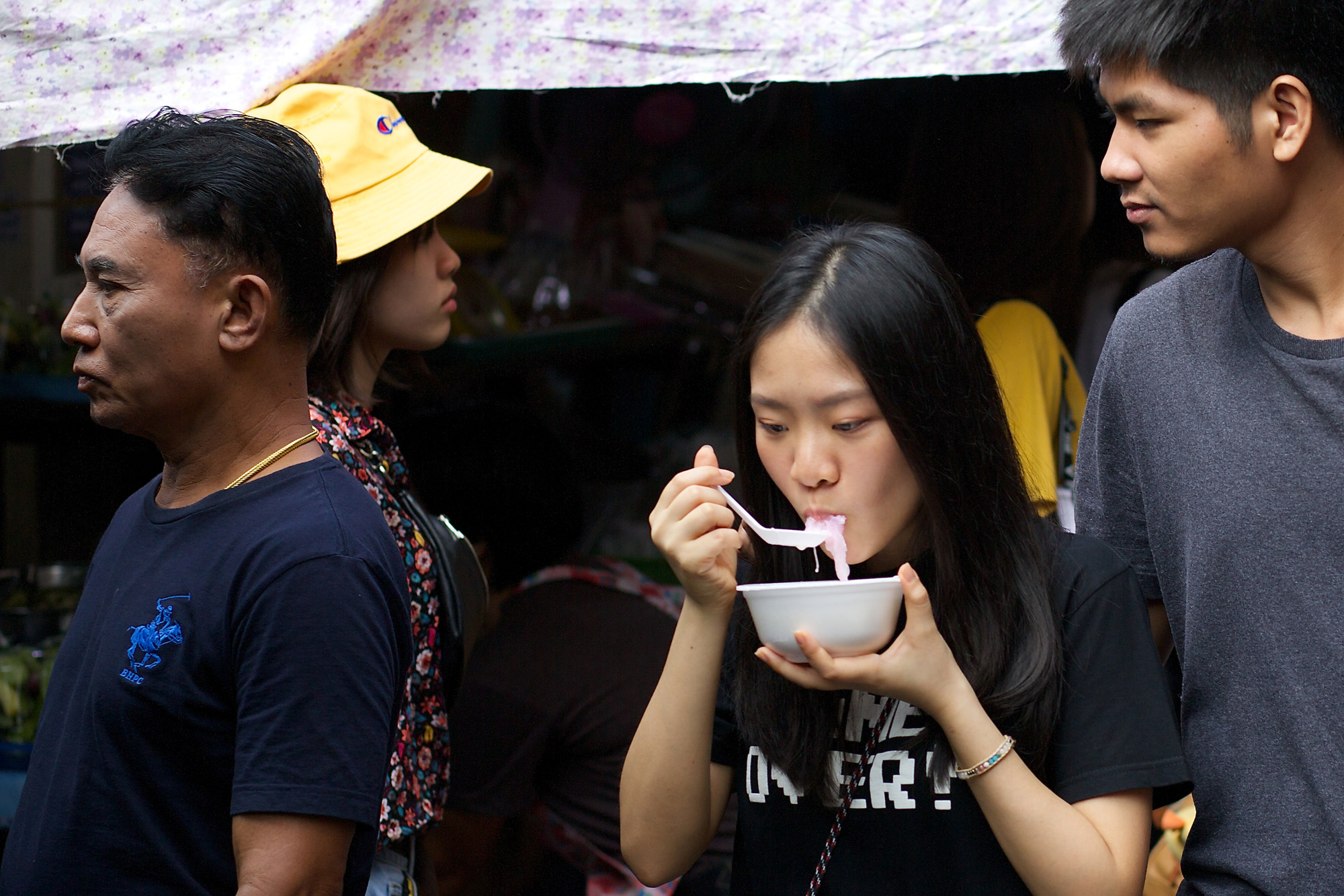
Use 18mm with APS-C sensor.
This is as wide as you can go without running into some problems with distortion.
It's the choice of some of the best street photographers, including Daido Moriyama. Get close to your subject, otherwise you'll include too much background and too little action. But you'll get dramatic pictures.
Use 24mm for APS-C to get the equivalent focal length of approx. 35mm.
Here you have the classic focal length, used at one time or another by nearly every experienced street photographer. That's a good thing, but the drawback is finding your photos look horribly similar to what's gone before, unless they're outstanding in other ways.
Use 35mm with APS-C sensors for approx. 56mm equivalence.
Giving you a little bit more reach, 50mm is an excellent choice, not least because it's a focal length which is usually cost-effective to manufacture to a very high quality. Famously used by Henri Cartier-Bresson on his Leica, a full frame 35mm film camera.
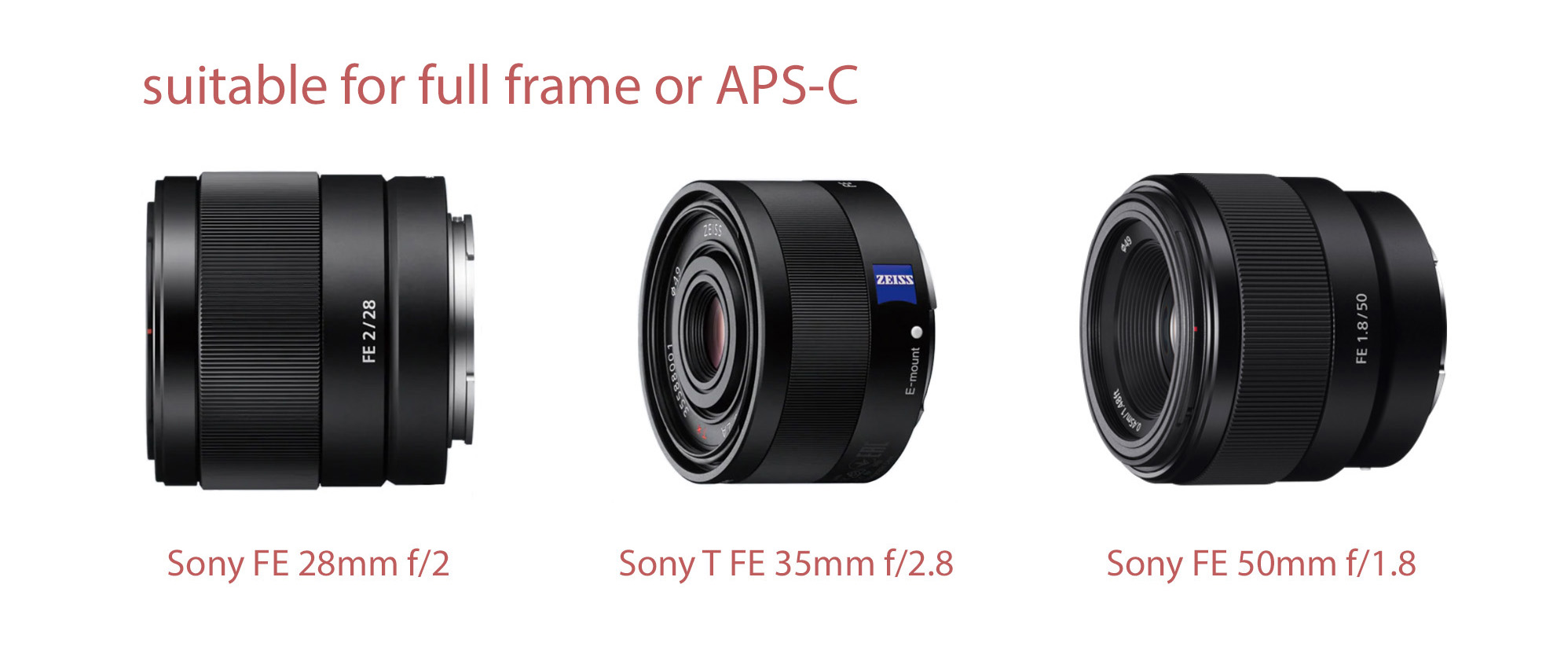
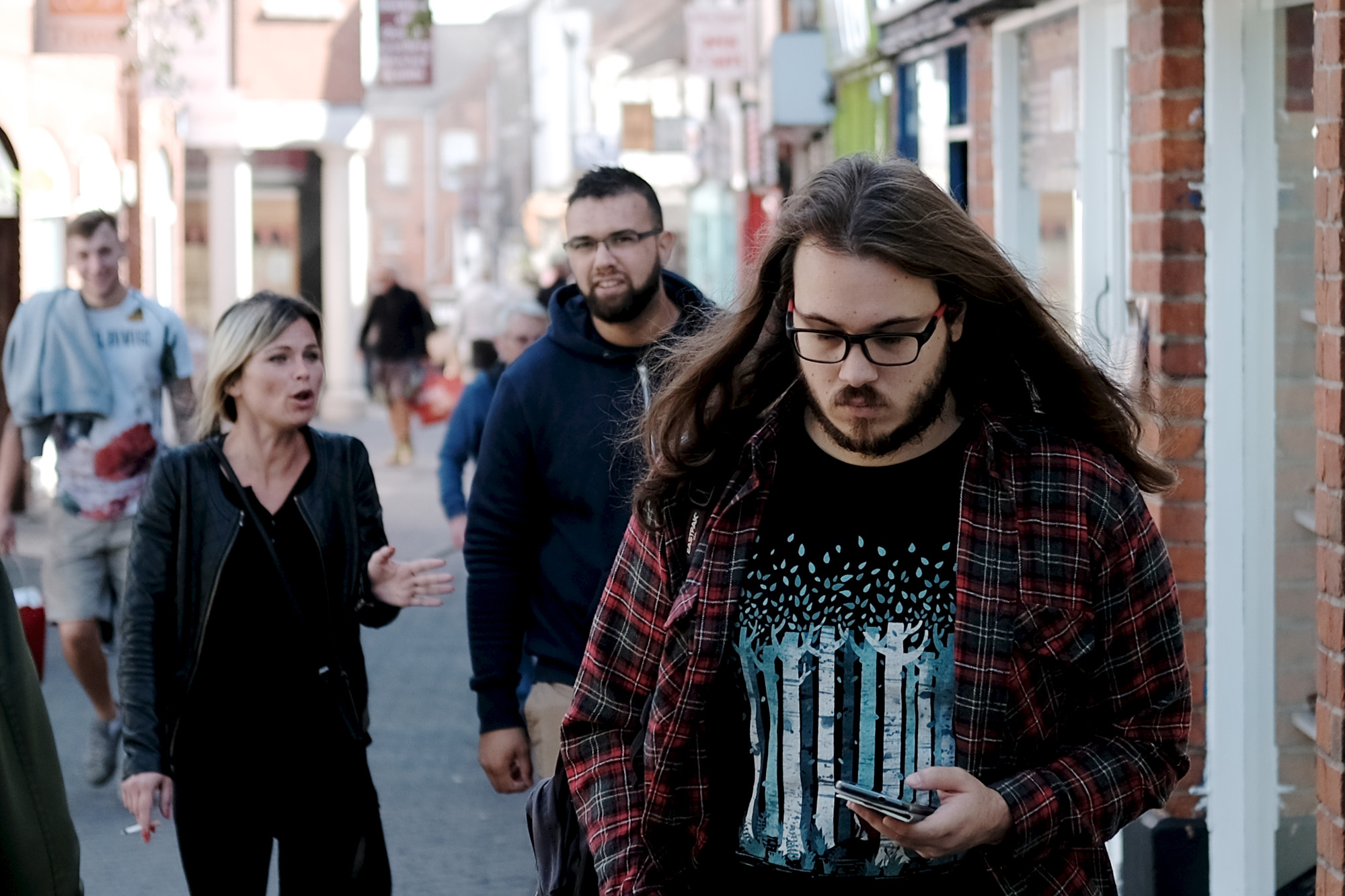
This is a full-frame, 42MP compact camera with a fixed Zeiss Sonnar 35mm f/2 lens. It's a brilliant lens, despite the whole package lacking image stabilisation.
There is a touch of off-centre sharpness until stopped down. The whole package is quite expensive, but you get excellent image quality and extreme light weight.
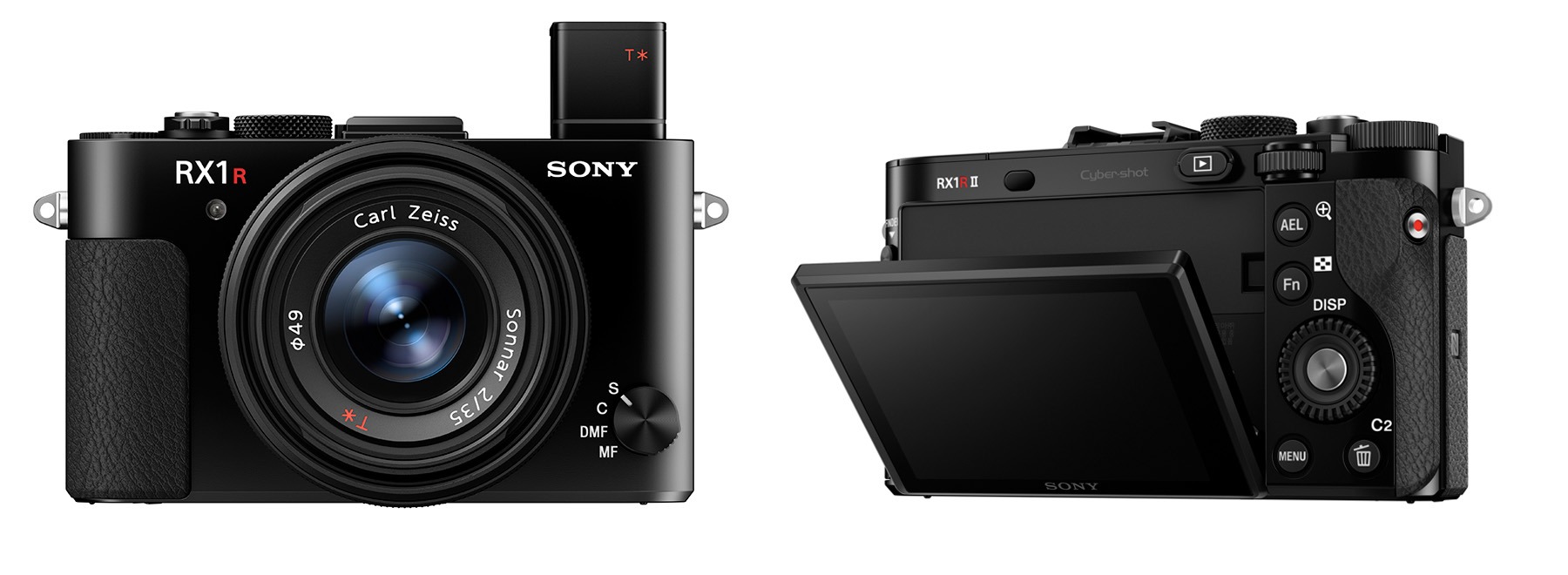
Gaining mostly positive reviews (apart from comments about the price), the 47.3 megapixel full-frame Q2 boasts a 28mm f/1.7 Summilux stabilised lens. This is the same lens that was on the 24MP Q1.
Unlike the Sony RX1RII it has baked-in lens corrections in the RAW file (not to everyone's taste), including highly effective aberration correction. Expensive? Yes, but better value than many other Leicas.
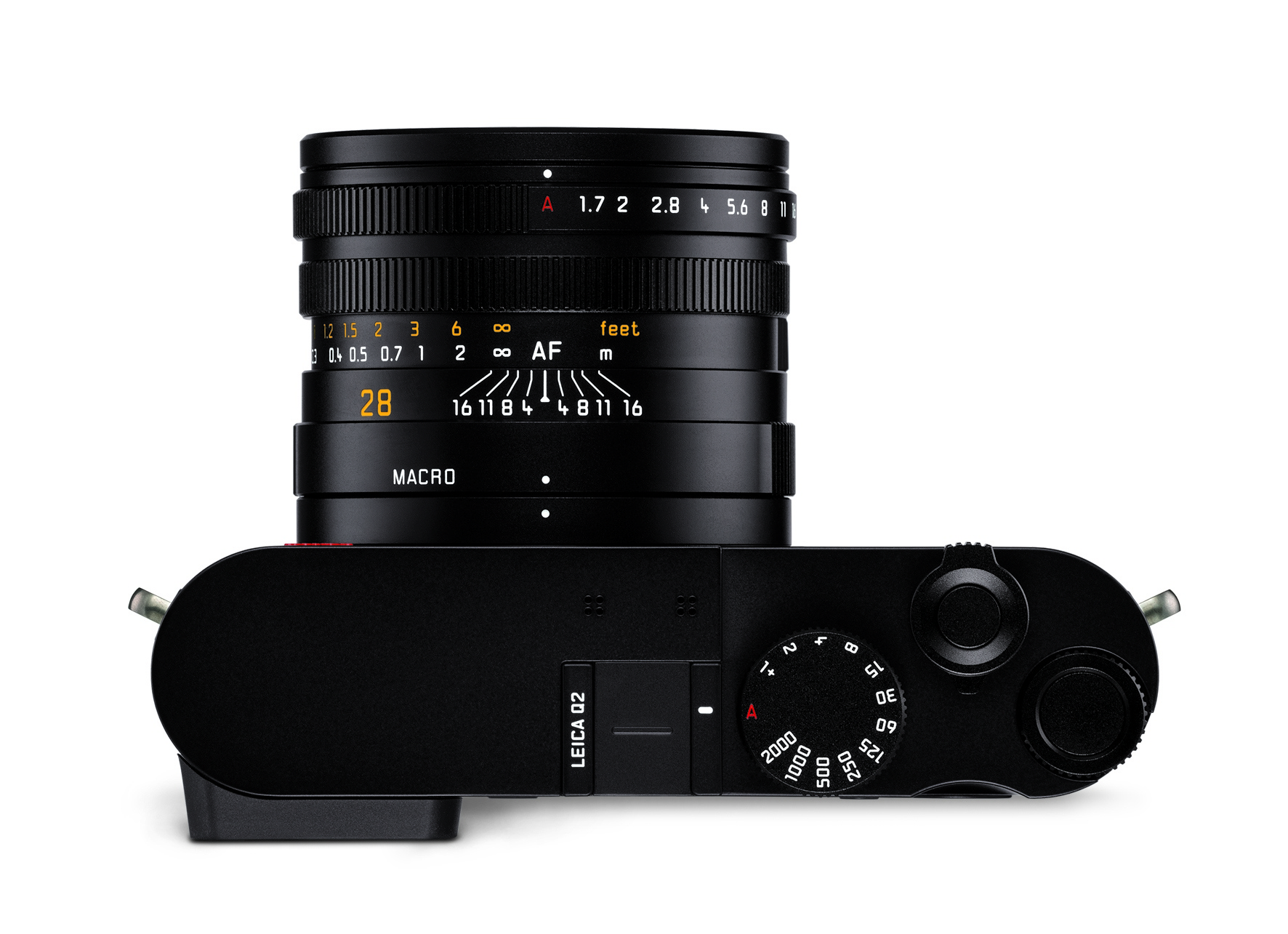
At 257 grams the Ricoh GRIII is one of the lightest possible high-quality cameras you can buy. It has a 24MP APS-C sensor, smaller than the full-frame sensors in the Sony RX1RII or Leica Q2 but still much bigger than those in most cameras of comparable compactness.
Its lens is a 18.3mm f/2.8 lens (28mm equivalent). Its image quality nearly matches that of the other two (above), and for those gritty, powerful images beloved of many street photographers it's a winner. Excellent value.

This is a 24.3MP camera with an X-Trans APS-C sensor, very highly regarded by street photographers (as was its immediate predecessor the X100T). The lens is a 23mm (35mm equivalent) f/2 lens, cleverly recessed into the body to minimise size.
I have never been a hundred percent convinced by the output of the non-Bayer sensor (waxy-looking skin? Van Gogh foliage?) but processing has improved since inception of the range. Undoubtedly, some great street photography has been achieved with it, so here it is again, this time in black.

In this article I've listed a couple of dozen lenses, four of them with rather nice cameras attached to them, but I haven't said -- as yet -- which is the best lens for street photography.
Alas, just as there is no "ideal" camera there's no ideal lens either. You must choose the best of the bunch, based on how you prioritise the criteria listed above and on the camera you intend to use.
For street photography, two of the key criteria are image quality and weight. Unfortunately these are often at odds with each other, with better quality lenses tending to be heavier.
There's no easy answer to this trade-off between quality and weight. We just have to accept a compromise and be thankful that the really heavy glass is for other photographers who use long telephoto or zoom lenses.
The choice of an appropriate focal length is entirely personal and usually determined by the style of street photography you wish to do. I would advise beginners to start with 50mm, then move to something wider as confidence grows.
Today's high-res cameras allow you to crop the image generously. Using the Leica Q2 with its 28mm f/1.7 Summilux lens you can crop to 35mm, 50mm, or even 75mm and still obtain a very detailed image.
I've not mentioned mobile phones because they're unsuited to serious street photography, which is not to say you won't occasionally get a great street photo with one of them.
For serious street, you need more options: viewfinder, larger sensor, more pixels, buttons for making quick adjustments, and the option to use it one-handed if necessary. Learning how it all works really is worthwhile, if the lens is up to it.
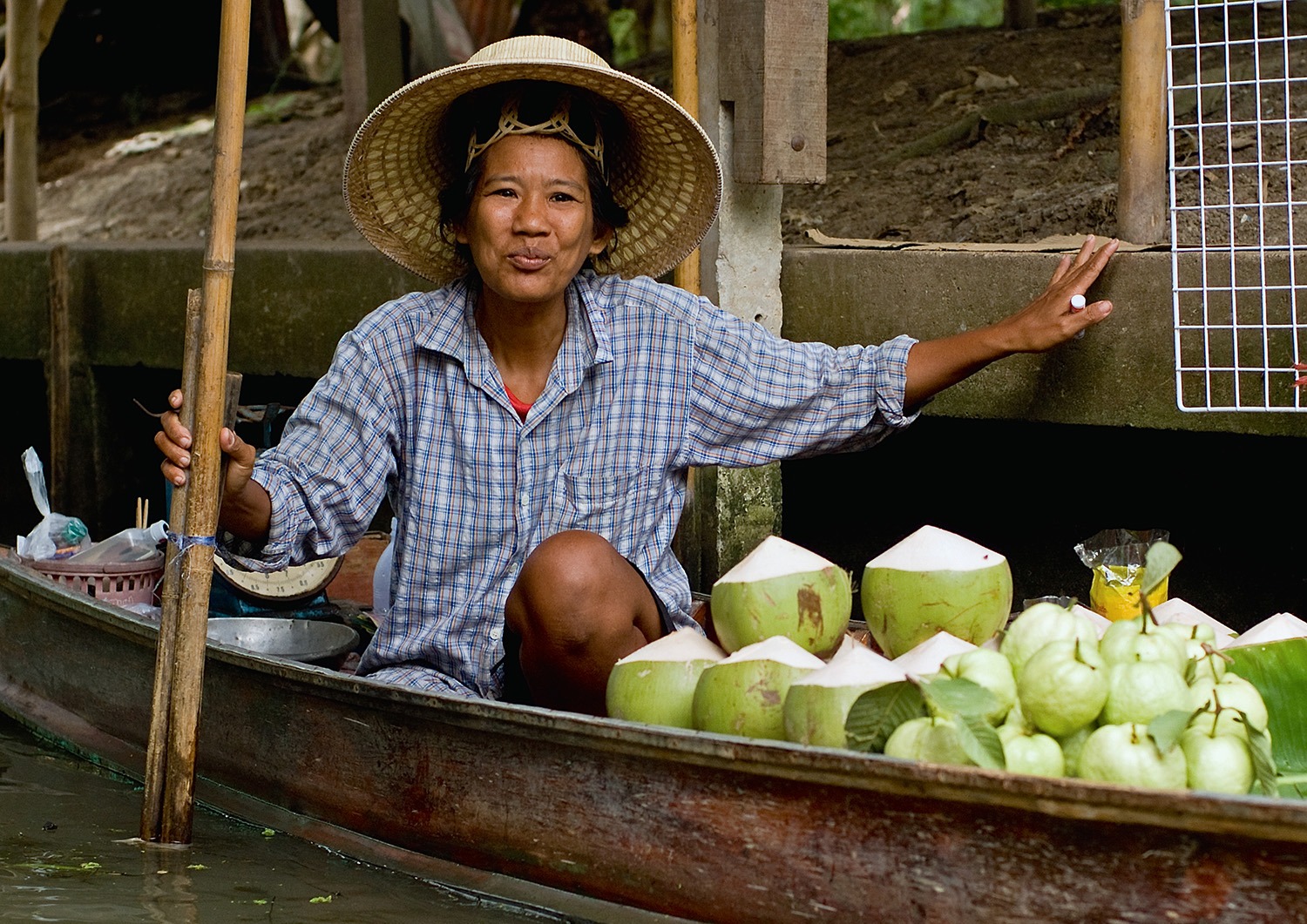
Nikon Nikkor 50mm f/1.4 D, on 12-year old Fuji FinePix S5Pro. © johnlewellphotography.com
>>> Home: Top Photography Sites (or click the animated logo) | Editor's Choice
Images
Photogr'rs
Communities
Sharing
Hosting
Models
Legal
Reviews
Brands
Rumours
Stores
GreyMart
Repairs
Rentals
Software
Lighting
Flash
Accessories
Paper
Printing
Framing
How-To
Schools
Workshops
Assocs/Clubs
Festivals
Contests
Galleries
Printed
Online
PhotoArt
Books
- Rare
Prints
Posters
Fine Art
Informative
Fashion
Nature
Travel
People
Street